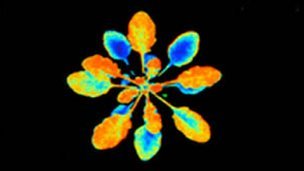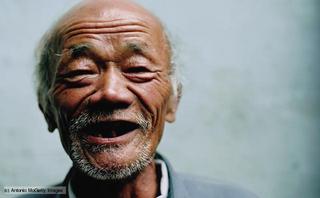The universe’s largest known galaxies are giant elliptical galaxies, which may be as much as two million light-years long. Elliptical galaxies may also be small, in which case they are dubbed dwarf elliptical galaxies. NGC 5866, an example of a lenticular galaxy Peculiar galaxies are galactic formations that develop unusual properties due to tidal interactions with other galaxies. An example of this is the ring galaxy, which possesses a ring-like structure of stars and interstellar medium surrounding a bare core. A ring galaxy is thought to occur when a smaller galaxy passes through the core of a spiral galaxySuch an event may have affected theAndromeda Galaxy, as it displays a multi-ring-like structure when viewed in infrared radiation. A lenticular galaxy is an intermediate form that has properties of both elliptical and spiral galaxies. These are categorized as Hubble type S0, and they possess ill-defined spiral arms with an elliptical halo of stars.Barred lenticular galaxies receive Hubble classification SB0.) I Galaxies that are not spiral or elliptical are called irregular galaxies. Irregular galaxies appear misshapen and lack a distinct form, often because they are within the gravitational influence of other galaxies close by…. Today we classify galaxies mainly into two major groups following Hubble’s examples. Elliptical galaxies range from round shapes (E0) to oval shapes (E7). Spiral galaxies have a pinwheel shape and are classified according to their bulge, as well as how tightly their arms are wrapped around the bulge. They range from Sa, which has a large bulge and tight, smooth arms, to Sc, which has a small bulge and loose, lumpy arms. Barred spiral galaxies classified as SB are pinwheel-shaped and have a distinct “bar” of stars, dust and gas across their bulge.
Antennae galaxy
They range from an SBa, which has a bar across its large bulge and tight, smooth arms, to an SBc, which has a bar across its small bulge and loose, lumpy arms. Irregular galaxies have no definite shape but still contain new stars, gas, and dust. The closest spiral galaxy is Andromeda, a galaxy much like our own Milky Way. It is 2.2 million light years away from us. Andromeda is approaching our galaxy at a rate of 670,000 miles per hour. Five billion years from now it may even collide with our Milky Way galaxy. I
Fork
Hubbles classification of galaxies.
Pinwheel galaxy
Its a Spiral galaxy.
Lenticular galaxy.
Its also known as NGC 5866






















